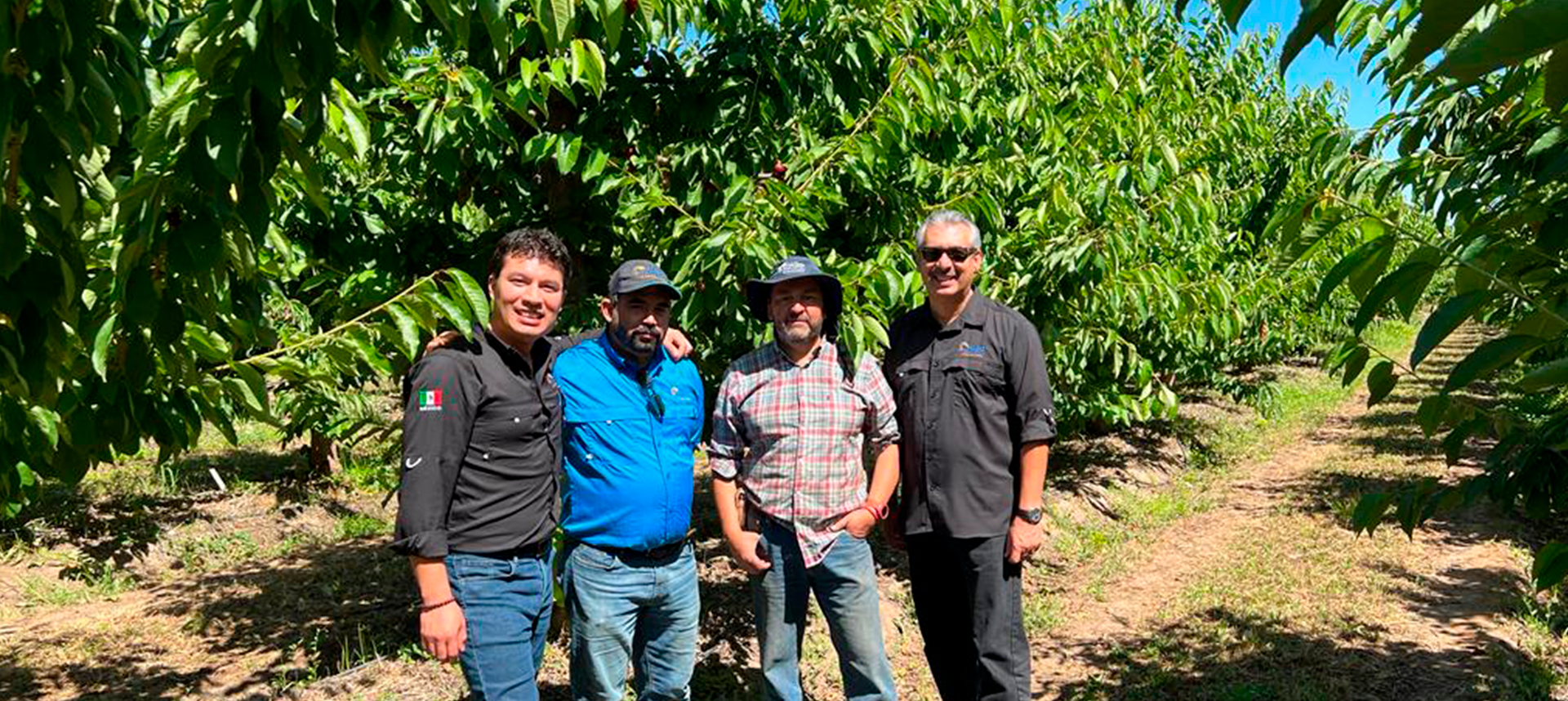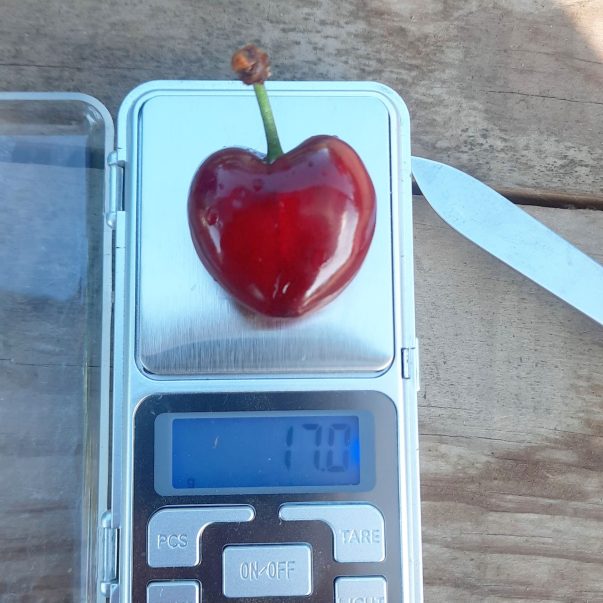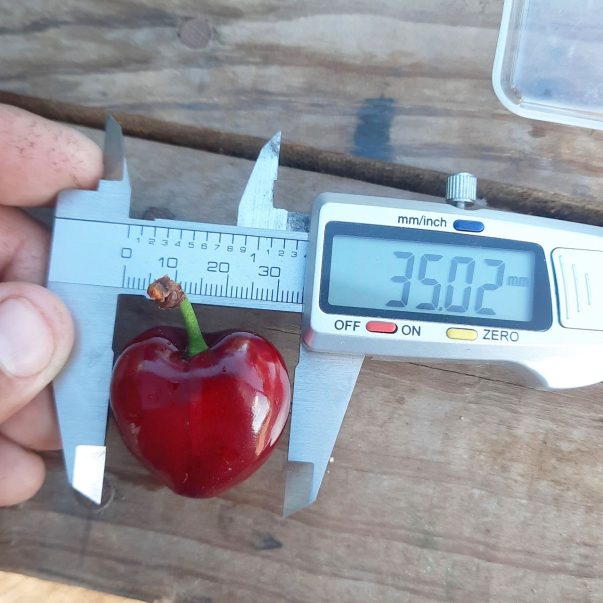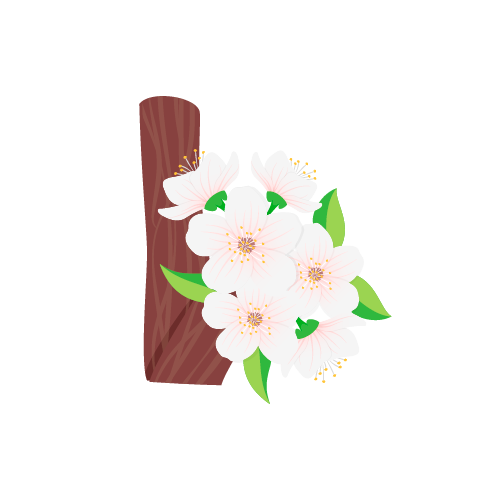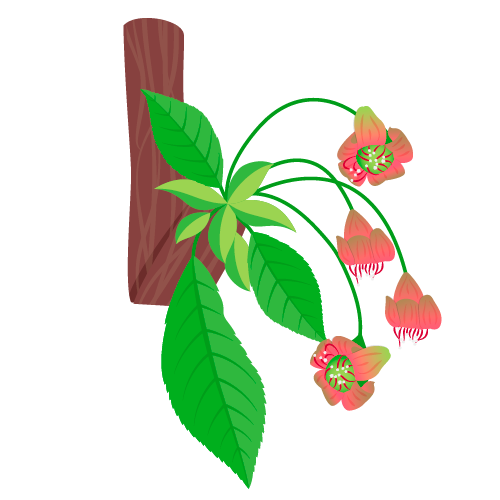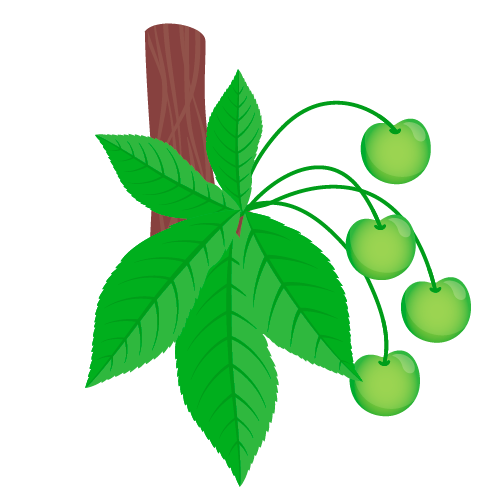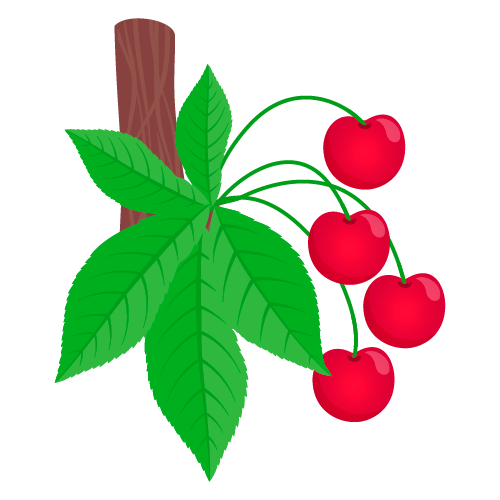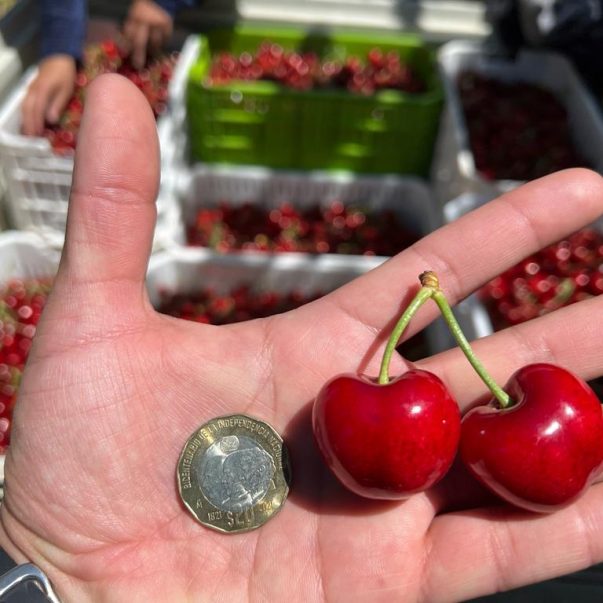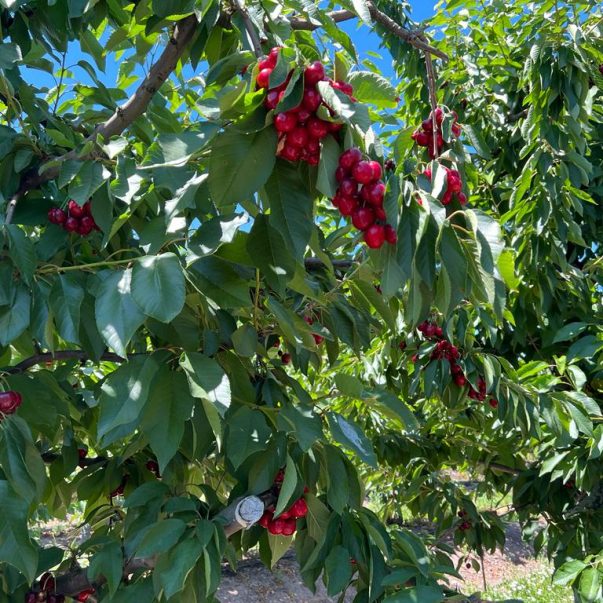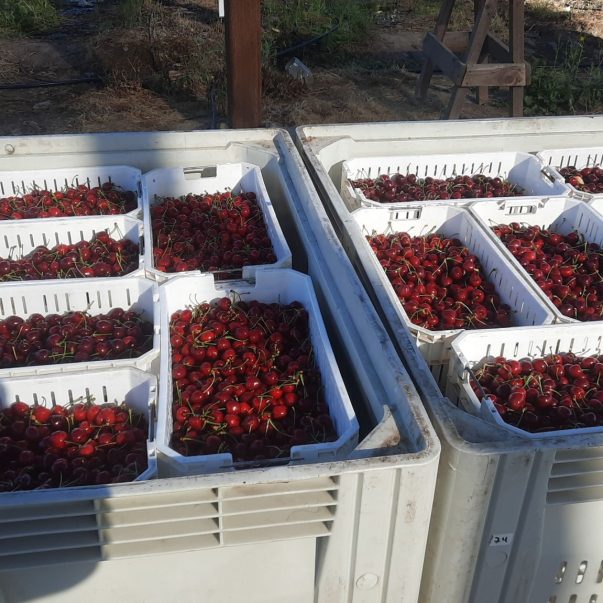Challenges of the cherry crop in 2022: a race against time

Biostimulation and specific nutrition: opening the doors of the Asian market to Chilean cherries.
Giving fruit as a gift is not meaningful or relevant in most countries, but in China it is quite the opposite; especially, if we are talking about cherries, an essential element for the Chinese New Year. The New Year’s tradition consists of gifting fruit which carries a meaning of success for the future. Cherry is one of the most important fruits to give as a present because of its red color that represents abundance and prosperity.
The 2022-2023 cherry season brought a few challenges. The Chinese New Year was celebrated on January 22, 2023; this means that harvest was required to be carried out before the period from December 9-15, 2022 for it to be on time (considering that it takes 40 to 45 days of travel by boat to the destination). Moreover, the state and quality of the product must be kept; this leads the farmer to face a challenge with no place for mistakes in the search for an almost perfect fruit.
The Asian market is demanding with products that come from the countryside: cherries’ color, caliber, firmness and flavor must be at its best possible in order to ensure its sale within the region. The lack of any of these points in the produce can translate into a great loss of money for the farmer.
Chile is the most important producer of cherries in the Americas and it is within the top 10 largest producers worldwide. Chile has been able to increase its export volume to more than three times in less than eight years; this by using 67,570 hectares for this crop and by exporting 93.9% of the production to the Far East which is Chile’s most robust market.
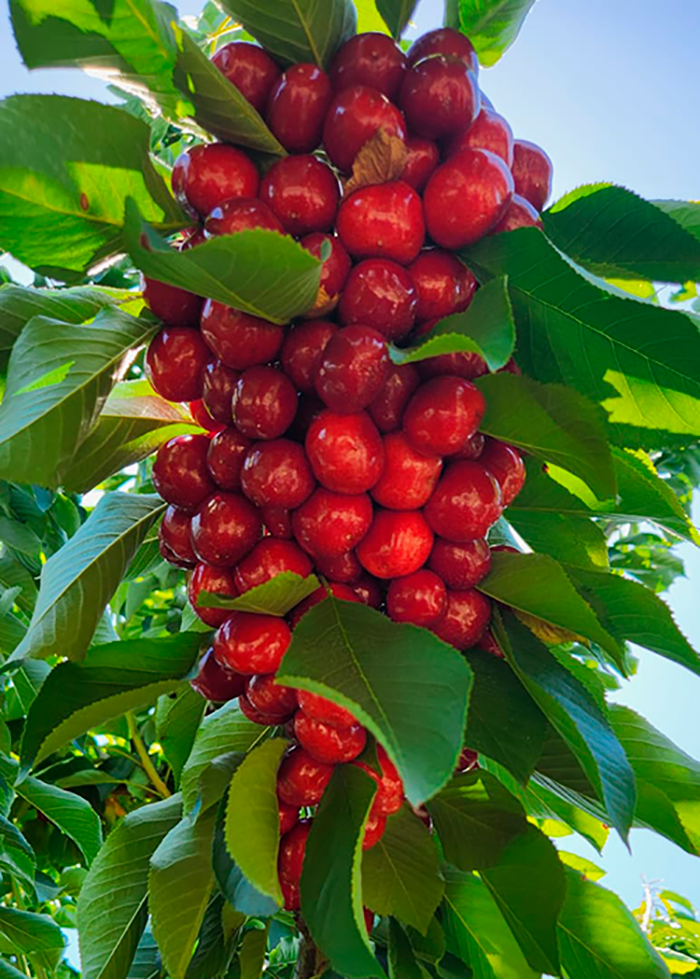
Thanks to the efforts of Algas Pacific, in alliance with Acorganica, we have succeeded in bringing the AP Method to this search for the best cherries. An average increase of 6% in production has been achieved in addition to an increase of calibers, notably those for export (calibers from 26mm to 32mm or higher): a result of good biostimulation and specific nutrition. Among other parameters to be highlighted are: more homogeneous color, firmness, shelf life, and an increase in Brix degrees, which are required and requested in exports to this region.
Biostimulation is a strategic benefit that should be considered in the handling of cherry trees since it can activate plant metabolism at crucial stages: sprouting, seedling’s development, floral induction, active root growth, harvest and postharvest.
In this 2022-2023 season, our customers managed to harvest in a timely manner for this Chinese New Year. In some cases, harvest was early up to 15 days compared to the 2020-2021 season in the sectors Costa de Curicó, Maule region, Seventh Region of Chile. Between 16-20 thousand kg/ha were harvested with export fruit between 90%-97% and with calibers ranging from 50% to 70% higher than 30mm even though they were harvested mostly in red color.
